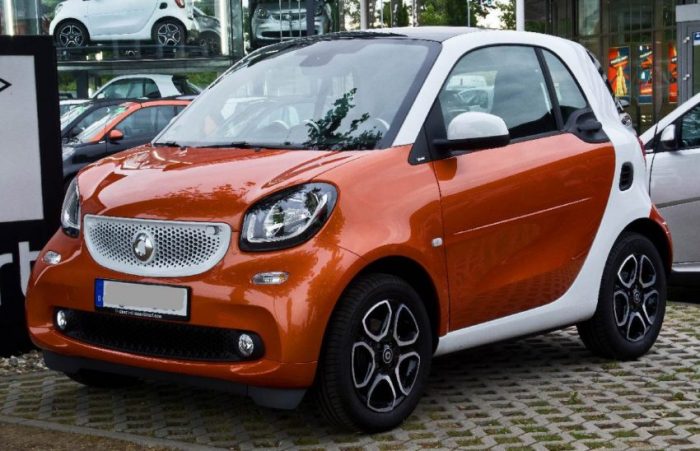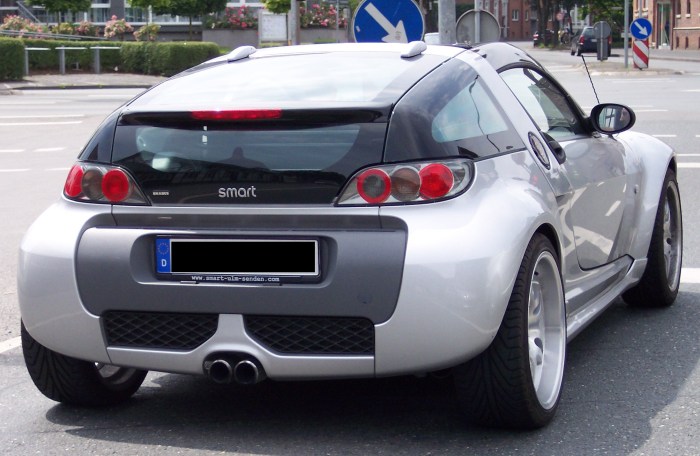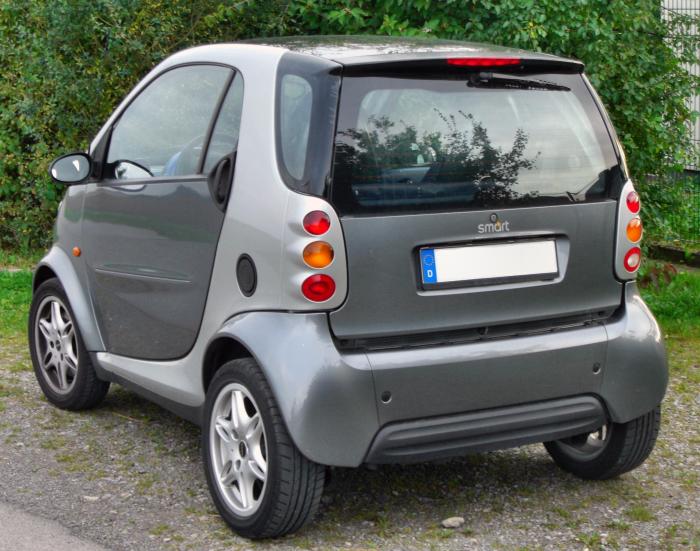How Smart Homes Are Revolutionizing Modern Living is not just a statement—it’s a reality that’s reshaping the way we interact with our spaces. Imagine a life where your home anticipates your needs, adjusts to your preferences, and enhances your comfort and security seamlessly. With the rise of smart home technology, this is now possible, ushering in an era of convenience and innovation that extends beyond mere gadgets to create a truly integrated living experience.
Smart homes utilize advanced technologies like IoT devices, automated systems, and artificial intelligence to provide functionalities that differentiate them from traditional living environments. This overview will explore how these intelligent systems are transforming everyday life, improving energy efficiency, and enhancing safety, making homes not just smarter but also more sustainable.
Overview of Smart Homes
Smart homes represent a transformative concept in modern living, integrating advanced technologies to create a more efficient, convenient, and secure environment for homeowners. By utilizing interconnected devices and systems, smart homes differentiate themselves from traditional residences, thereby redefining how we interact with our living spaces.
The significance of smart homes lies not only in comfort and convenience but also in enhancing energy efficiency and security. Key technologies that enable this functionality include the Internet of Things (IoT), artificial intelligence (AI), and automation systems, all of which work together seamlessly to offer an elevated living experience.
Primary Technologies Enabling Smart Home Functionality

Smart homes rely on various technologies to operate effectively. These include:
- IoT Devices: These are the backbone of smart homes, allowing devices to communicate with each other and the internet.
- Smart Speakers: Devices like Amazon Echo or Google Home serve as central hubs for controlling other smart devices via voice commands.
- Smart Sensors: These can detect motion, temperature, and even smoke, providing real-time data that enhances safety and efficiency.
- Smart Thermostats: These adjust heating and cooling based on user preferences, leading to energy savings.
Smart homes stand in stark contrast to traditional homes, where devices operate independently and require manual control. The integration of smart technologies allows for a more cohesive and automated living experience.
Benefits of Smart Home Technology
The advantages of smart home technology extend beyond mere luxury. Homeowners experience significant gains in convenience, energy efficiency, and security. For instance, smart homes enable remote monitoring and control, allowing individuals to manage their home even when away.
Impact on Energy Efficiency and Sustainability
Smart home technologies contribute to sustainability by optimizing energy usage. Devices such as smart thermostats and energy monitoring systems help reduce waste.
- Energy Monitoring: Homeowners can track their energy consumption in real-time, identifying areas for improvement.
- Automated Lighting: Smart lighting systems adjust based on occupancy and natural light availability, reducing unnecessary energy use.
- Water Conservation: Smart irrigation systems optimize water usage, contributing to sustainability.
These features not only lower utility bills but also promote a greener lifestyle.
Enhancing Safety and Security
Smart technology significantly enhances home security. Examples include:
- Smart Cameras: Offering remote viewing capabilities and alerts for unusual activity.
- Smart Locks: Providing keyless entry and the ability to monitor who enters and exits your home.
- Alarm Systems: Smart alarms can alert homeowners and emergency services in real-time, improving response times.
These security enhancements foster peace of mind for homeowners.
Smart Home Devices and Systems
A plethora of smart home devices is available, each serving specific functions to enhance user experience. Understanding these devices and how they interconnect is crucial for an effective smart home setup.
Popular Smart Home Devices
Some of the most commonly used smart home devices include:
- Smart Thermostats: Devices that learn user behaviors to optimize heating and cooling.
- Smart Lighting: LED lights that can be controlled remotely or programmed to operate automatically.
- Smart Appliances: Refrigerators, ovens, and washers that can be controlled via smartphone apps.
These devices not only improve convenience but also enhance energy efficiency.
Integration of Smart Home Systems
For a truly seamless experience, smart home systems must be integrated. This integration allows various devices to communicate and operate in unison.
- Home Automation Hubs: Centralized devices that allow users to control multiple systems from one interface.
- Voice Control: Utilizing smart speakers for hands-free operation of various devices.
Choosing the best smart home devices involves assessing individual needs, compatibility, and user preferences.
User Experience and Interface Design
The user experience is paramount when it comes to smart home systems. An intuitive interface can significantly influence the adoption of smart technology.
Ideal User Experience

An ideal user experience is characterized by simplicity and efficiency. Users should be able to easily navigate their smart home systems without feeling overwhelmed.
- Accessibility: Design elements should consider users of all abilities, making technology available to everyone.
- Customization: Users should have the ability to personalize settings to fit their routines.
User-friendly interfaces foster greater engagement with smart technology, leading to higher satisfaction.
Impact of User-Friendly Interfaces

User-friendly interfaces play a critical role in the successful adoption of smart home technology. The easier it is for users to operate their systems, the more likely they are to utilize them fully.
Security Concerns in Smart Homes: How Smart Homes Are Revolutionizing Modern Living
As smart home technology becomes more prevalent, security concerns arise. Understanding these risks is essential for homeowners.
Common Security Risks
Smart home devices are susceptible to various security threats, including:
- Unauthorized Access: Hackers can exploit weak passwords to gain control over devices.
- Data Privacy Issues: Sensitive information can be compromised if proper precautions are not taken.
Recognizing these risks can help homeowners take proactive measures to secure their smart systems.
Best Practices for Securing Smart Home Systems
Implementing best practices can mitigate risks associated with smart home devices. These include:
- Regular Updates: Keeping software and firmware up to date is crucial for security.
- Strong Passwords: Using complex passwords and multi-factor authentication can significantly enhance security.
Security features such as end-to-end encryption can further protect user data.
The Future of Smart Homes
As technology continues to advance, the future of smart homes appears promising. Emerging trends indicate a shift toward more integrated and intelligent living environments.
Emerging Trends in Smart Home Technology
Several trends are shaping the future of smart homes, including:
- AI Integration: Artificial intelligence will enable smart homes to learn and adapt to user behaviors more effectively.
- Increased Interoperability: Devices from different manufacturers are becoming more compatible, enhancing user experience.
These advancements will likely contribute to a more intuitive and efficient living space.
Advancements in Artificial Intelligence
AI is set to revolutionize the way users interact with their homes. Predictive analytics will allow systems to anticipate needs and adjust accordingly. For example, smart thermostats may learn when users typically arrive home and adjust temperatures in advance, creating a comfortable environment upon arrival.
Case Studies of Smart Home Implementations
Real-world examples illustrate the effectiveness of smart home technology in enhancing the quality of life for residents.
Successful Smart Home Implementations, How Smart Homes Are Revolutionizing Modern Living
Several case studies showcase the successful integration of smart home technology:
- Family Home in California: By adopting smart lighting and security systems, this family reduced their energy bills by 30% while increasing their home security.
- Retirement Community: Implementing smart health monitoring systems improved safety and independence for elderly residents.
These examples demonstrate how smart homes can adapt to various user demographics, providing tailored solutions that meet specific needs.
Closure
In conclusion, the evolution of smart homes is redefining modern living by offering unprecedented convenience, security, and efficiency. As we’ve seen through various case studies and emerging trends, the integration of smart technologies is not merely a trend; it’s a fundamental shift in how we perceive our homes. Embracing these innovations will not only enhance our daily lives but also pave the way for a more sustainable future.